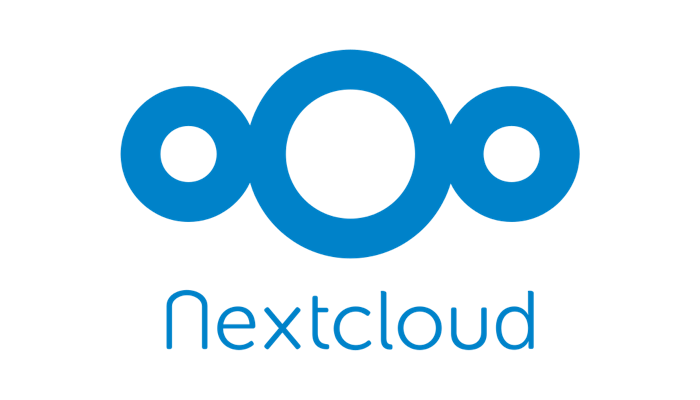You can now store your mind maps in Nextcloud. This is a self-hosted file share and communication platform that allows you to access your mind maps from different devices.
Until now, the only supported clouds were Dropbox and Google Drive. You may not be able to use these commercial services for some reason. In this case, hosting your own files may better fit your needs. Fortunately, starting with version 1.21 of SimpleMind, we now support Nextcloud for storing your mind maps.
Free software
Nextcloud is free software created as a spin-off from the popular open source file hosting software ownCloud. The original developers of ownCloud started a new company based in Stuttgart Germany. They actively develop and enhance the software. Consequently, development of ownCloud has slowed down.
You can host Nextcloud yourself on a computer in your local network or on a server connected to the internet. Additionally, several commercial Nextcloud providers offer file hosting services similar to Dropbox and Google Drive.
Right fit
You may have a reason: legal, security, financial or physical, for why you can’t use Dropbox or Google Drive.
First, some countries require that you store your files locally in that country. This may either be a legal requirement or physically enforced.
Second, you may be working with highly sensitive information. In that case, you don’t want to store that information on a server that can be accessed from the internet.
Third, you either may have a large number of users, or use a mobile connection with a limited data plan. In both those cases it may be more cost-effective to run your own service.
Last, your internet connection may be unreliable or slow. This makes working with large mind maps tedious.
In conclusion, if you want to run your own file hosting service, these are all legitimate reasons for doing so.
Getting started with Nextcloud
The easiest way to start with Nextcloud is to use a Raspberry Pi 3. Put NextCloudPi on a MicroSD card and insert it into the Raspberry Pi. Power up the Raspberry Pi and connect to it with your browser to configure Nextcloud. After that, you will be up and running. We use this internally for testing and it works fine.
For long-term or business use, we believe it is better to get a (e.g. Synology) NAS that can run Nextcloud. Alternatively, you can use one of the existing commercial Nextcloud providers.
